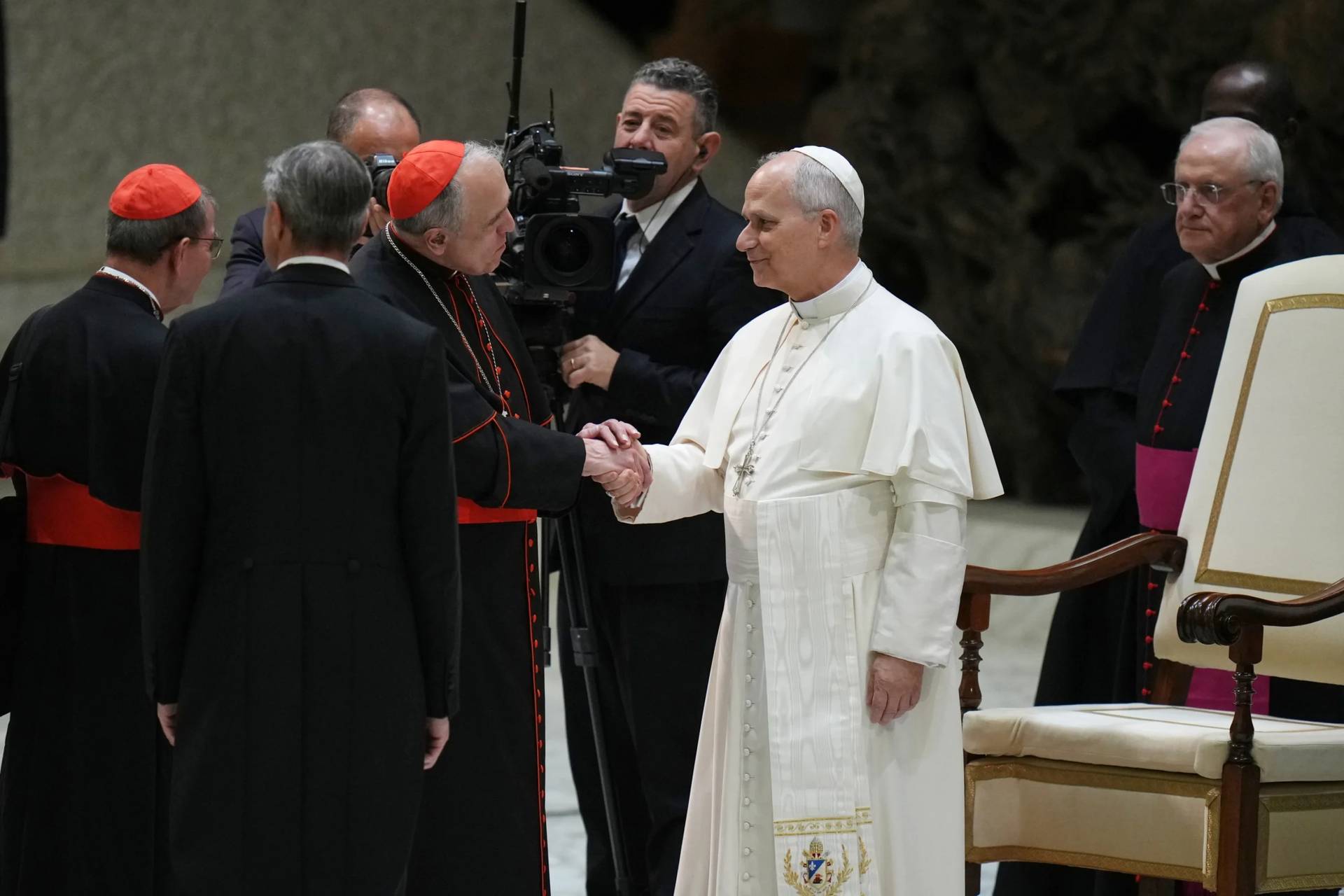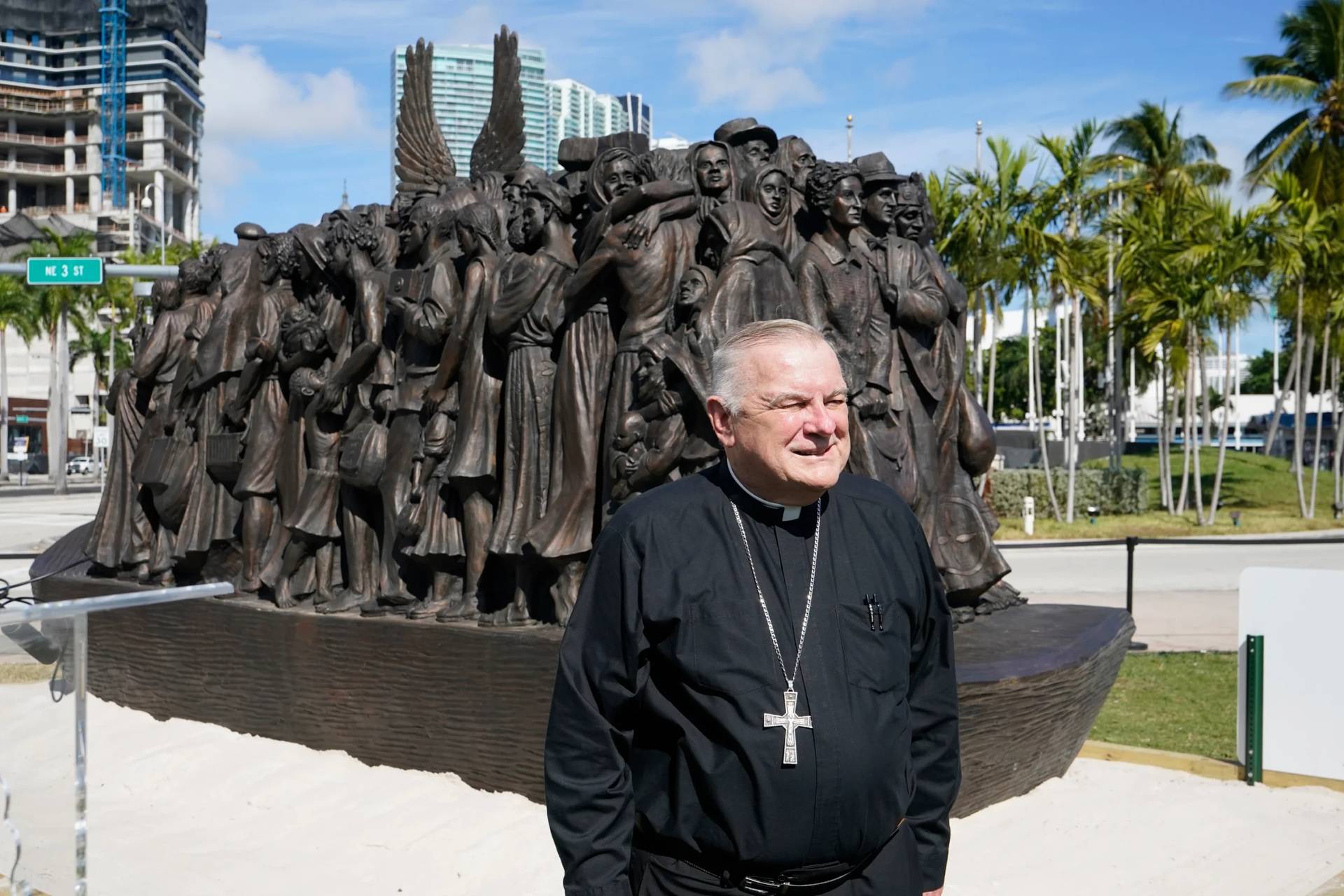This Palm Sunday, Christian believers throughout the world celebrate the triumphal entry of the Lord Jesus into Jerusalem and the initiation of the events that will lead to the redemption of humanity.
The children of the Holy City were the first to recognize the importance of Jesus of Nazareth. And they shouted out and greeted him with shouts of “hosanna,” a traditional messianic acclamation. The city joined in and threw palms before him, as he rode meekly into Jerusalem on a donkey.
The recent history of the Church’s observance of Palm Sunday can offer some reflection on what’s happening in this pandemic and where this might lead us.
On Palm Sunday of the Extraordinary Jubilee Year of Redemption, 1984, Pope Saint John Paul II honored the faith and zeal of the children of Jerusalem in the biblical account by inviting young people to come to Rome and celebrate the holy day with him. People were shocked at the response. Hundreds of thousands of youth from all over the world poured into the Eternal City.
In the following year, the saintly pontiff again invited the youth of the world to join him for Palm Sunday. This would be the Church’s observance of the United Nation’s “International Year of Youth” that was declared that year. This 1985 gathering of young people would be known as the first World Youth Day. Since 1985, the World Youth Days have occurred about every other year in a different location in the world, ranging from Buenos Aires (Argentina), to Manila (Philippines), to Sydney (Australia), and even to Denver, Colorado (USA).
The response of a simple invitation, and the desire to co-celebrate a world event with the United Nations, led to one of the most extensive youth events on the planet. The event has led to unprecedented interaction between young people and the Church. It has been cited by countless adult Catholics as a reason for their deep love and commitment to Jesus Christ and the Church. It has been referenced by a vast array of men and women as a cause for why they joined the seminary or convent.
Could anyone today imagine the Catholic Church without these worldwide youth events? Can anyone fully assess the immense good these world youth days have done for the health and growth of the Church?
And yet, the world youth days seem to have been thrust upon the Church. They were more the result of a surprise, than the product of a strategy. And the unexpected challenge of hundreds of thousands of youth wanting to rally for Jesus Christ became a promising endeavor for the Church. And that sequence of events present a very important principle for us today.
In the midst of this pandemic and its surrounding quarantine, the Church has had another state of affairs thrust upon her. Admittedly, this one is vastly different than the Palm Sunday and World Youth Day example above, and certainly far more serious, but it reveals the same principle.
In over just a few weeks, the entire expression and experience of the Church, her doctrine, her disciplines, her leadership, her worship, and her customs have been rocked from their previous comfortability and challenged by an unexpected state of affairs.
Dioceses and parishes that once approached technology and its resources as hobbies or important-but-not-pressing pastoral endeavors have been forced to turned their pastoral plans and resources upside down. Live streaming, was the privileged resource of large or unique parishes, is now becoming the principal way in which believers are interacting with the Church and her entire way of life. As such, live stream websites, such as Mass-online.org, have popped up and are heavily used by believers to “watch Mass.”
Bishops and priests who once saw social media as narcissistic, or a distraction, or an unnecessary means of communication are now finding themselves using social media in lieu of printed bulletins or diocesan announcements. And clergy who once couldn’t be bothered with teleconferencing and related technology are now having regular meetings on Skype, Zoom, and similar resources.
Catholic organizations have shifted their focus and have practically become their own little media outlets. For example, the Saint Paul Center for Biblical Theology, the launching pad for Scott Hahn’s biblical programs, conferences, and parish missions, has created a Quarantined Catholic Hub, and is funneling its resources there.
The Catholic Speakers Organization, which is the largest Catholic speakers agency in the world and normally responsible for scheduling speakers at worldwide, national, and regional events (many of which have recently been cancelled), has now shifted its attention to its own newly created inspireWord program via Instagram live. Viewers can now watch over 400 Catholic speakers give motivational interviews on-line.
So, while acknowledging the severe tragedy of our current pandemic, we are still able to discern some silver linings. We are able to see some of its unexpected, and much-needed, developments in the Church’s evangelization effort. The Church was surprised by the current state of affairs, but now she is being strategic.
It appears that the face of Mother Church will be very different after this pandemic, and that her presence in the world will have found a very surprising – but also very promising – digital presence and outreach.
















